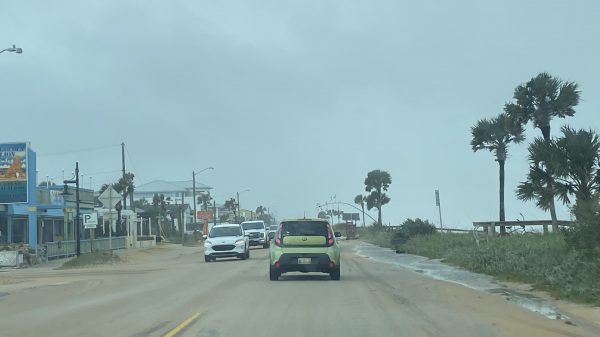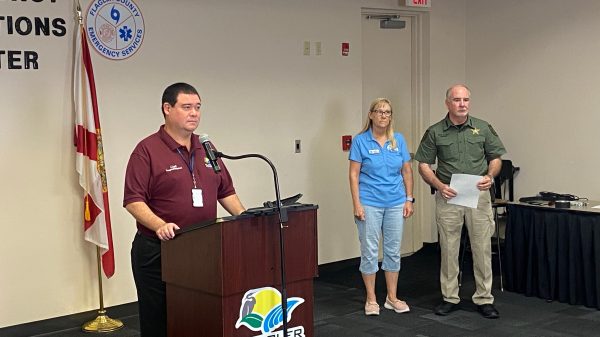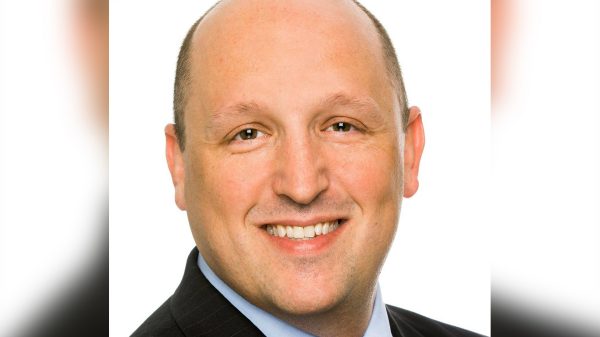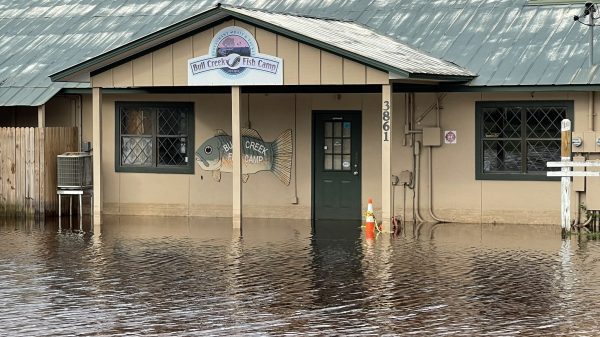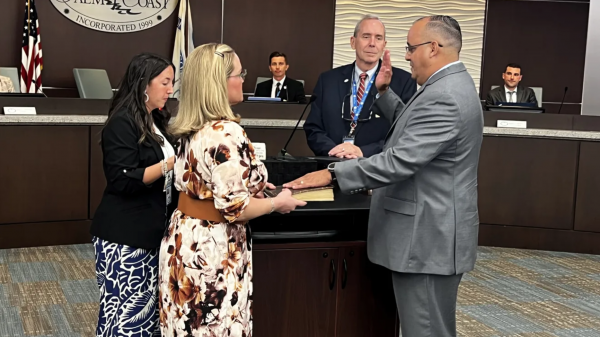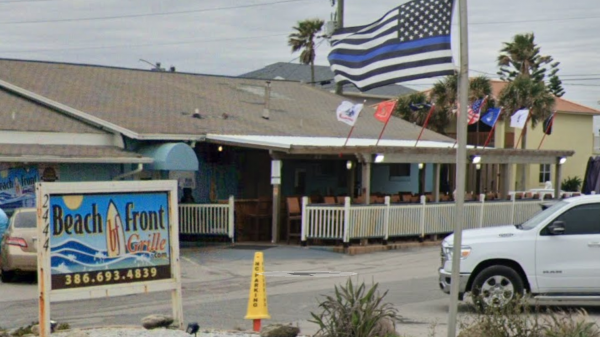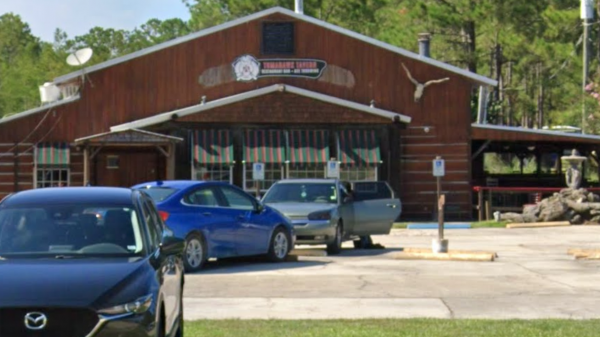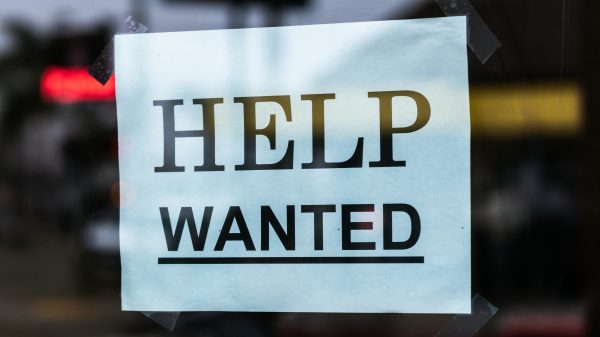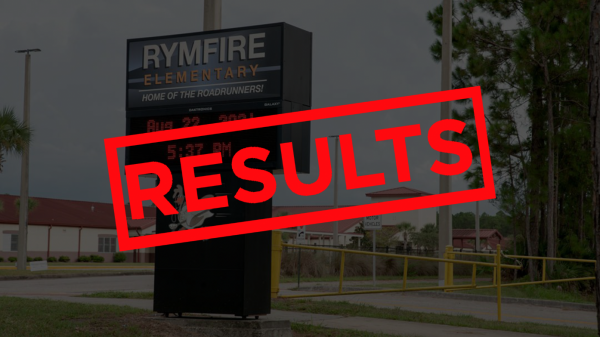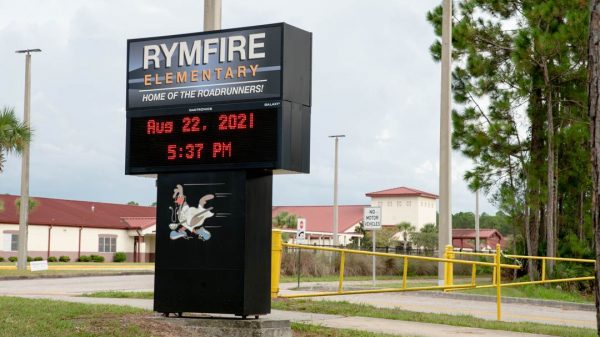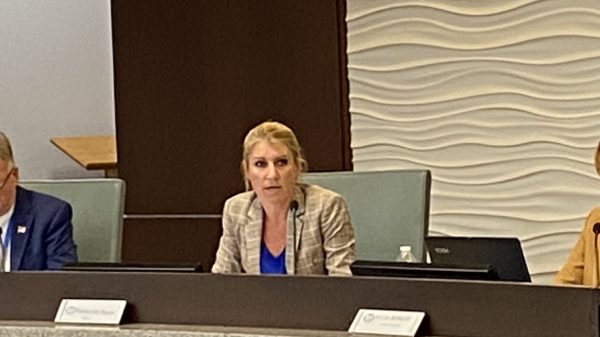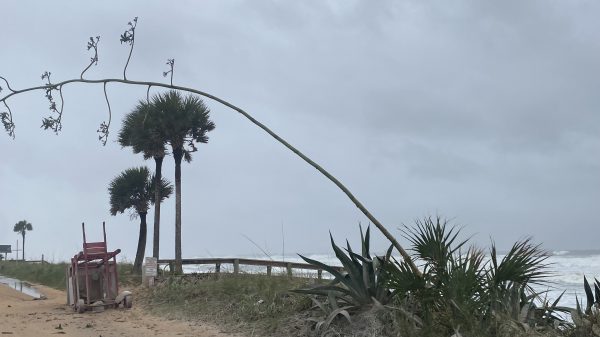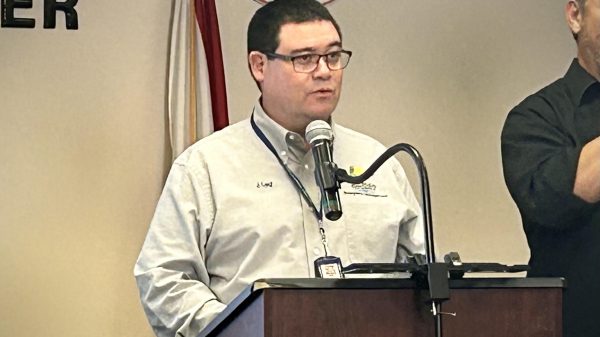Volusia and St. Johns counties were both ranked among the ten counties in the nation with the highest risk of flooding in a new list published by LawnStarter. Florida as a whole made up four out of the top ten counties, with Volusia rated as the single highest risk in the state.
Flagler County, sitting directly between Volusia and St. Johns, received a slightly better prognosis – it ranked 118th. It rated as the 27th highest-risk out of Florida’s 67 counties. 943 counties were ranked on the list overall, with many of the highest-risk locations landing in Florida, Texas, and New Jersey. Volusia County placed seventh in the nation in flood risk, behind six counties in Texas and New Jersey. St. Johns County ranked just behind it in ninth overall, with Florida making up each spot from seventh to tenth. The full list is available at LawnStarter’s website.
Regional Risks
Factors considered in the list included the sheer likelihood of flooding, the potential economic impact of a flooding incident, the counties’ preparedness for such situations, and the risk of the county’s populations in a flood. Both Volusia and St. Johns ranked in the top 15 in preparedness, a sign to residents that at least some measures are in place as hurricane season moves forward. Both counties were also in the top 100 most at-risk economically, but much lower than their overall rank, at 98th and 57th respectively.
Many areas in the southern part of Florida recently experienced significant flooding after heavy rainfall dumped up to 20 inches in mere hours. Major cities like Miami and Fort Lauderdale were heavily affected by the flooding, and continue to clean up the damage even as the storms have largely passed.
Causes and Impacts
Florida’s increasing risk of incurring flood damages has prompted several major homeowners insurance companies to pull out of the state entirely. On top of that, according to the Insurance Information Institute Florida accounts for 79% of homeowners insurance lawsuits despite making up just 9% of the overall body of claims.
The frequency of major hurricanes and their subsequent wind and flood damage is increasing in the southeastern United States, and leading scientists are uniformly attributing that change to rising global temperatures. According to Columbia University climate scientist Adam Sobel in an interview with NPR, the amount of hurricanes may stay the same but their intensity appears to be worsening. Both the National Aeronautics and Space Administration (NASA) and the National Oceanic & Atmospheric Administration (NOAA) have come to the same conclusion.
“I think it’s important for the public to take [this] seriously,” Sobel said in NPR’s report. “The storms are getting stronger. So even for the same number of storms, the number that are a real problem goes up because they are strengthening.” In times when multiple major hurricanes hit nearby areas in close succession, as Florida experienced with hurricanes Ian and Nicole in 2022, it can strain the ability of agencies like the Federal Emergency Management Agency (FEMA) and Florida Power & Light (FPL) to provide relief and repair infrastructure on an efficient timeline.
Climate Problem or Business Problem?
Government leaders in Florida are largely rejecting the connections by those like Sobel between climate change and flooding disasters. Gov. Ron DeSantis, speaking Hollywood, FL during last week’s flooding, stressed that affordability was the front line, not climate. “We don’t want our climate policy driven by climate ideology. When that happens, people pay more and the energy is less reliable,” he said. DeSantis also signed a bill in May scrubbing the mention of ‘climate change’ from state statutes and reiterating Florida’s commitment to fossil fuels.
Many legislators who cover parts of all of the counties who ranked near the top of LawnStarter’s flood risk list voted in favor of that legislation. They include Volusia County’s Tom Wright, Webster Barnaby, Tom Leek, and Stan McClain, and St. Johns County’s Travis Hutson, Cyndi Stevenson, Bobby Payne, and Paul Renner. In fact, Payne introduced the bill in the state House, with Barnaby co-sponsoring. Though Florida legislators are avoiding mention of climate change in state policy, the exodus of homeowners insurance companies from the state signifies that financial stakeholders in hurricane recovery are seeing Florida as increasingly less of a viable place to do business. The timeline of their departure inseparably correlates with projections that climate change will worsen Florida’s ever-present hurricane risks.
Flood Risks by County
LawnStarter provided an interactive map depicting flood risk by geographical location in the United States:
Top 10 American Counties in Flood Risk, per LawnStarter
- Harris County, Texas
- Bergen County, New Jersey
- Ocean County, New Jersey
- Atlantic County, New Jersey
- Cape May County, New Jersey
- Cameron County, Texas
- Volusia County, Florida
- Miami-Dade County, Florida
- St. Johns County, Florida
- Brevard County, Florida
Top 10 Florida Counties in Flood Risk, per LawnStarter
- Volusia County (7th overall)
- Miami-Dade County (8th overall)
- St. Johns County (9th overall)
- Brevard County (1oth overall)
- Dixie County (12th overall)
- Duval County (24th overall)
- Lee County (27th overall)
- St. Lucie County (29th overall)
- Indian River County (40th overall)
- Monroe County (47th overall)
Chris Gollon is a Flagler County resident since 2004, as well as a staple of the local independent music scene and avid observer of Central Florida politics, arts, and recreation.





